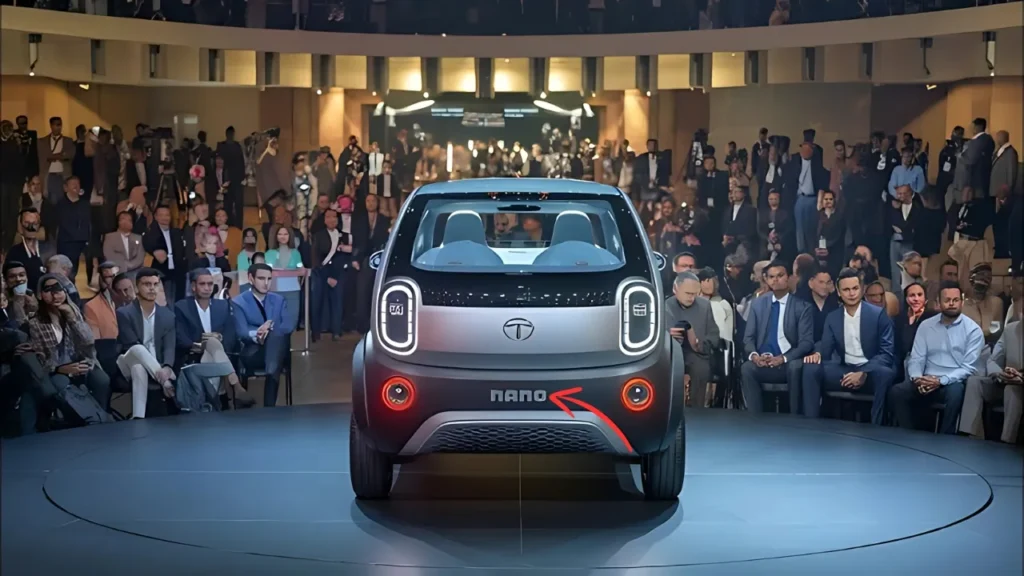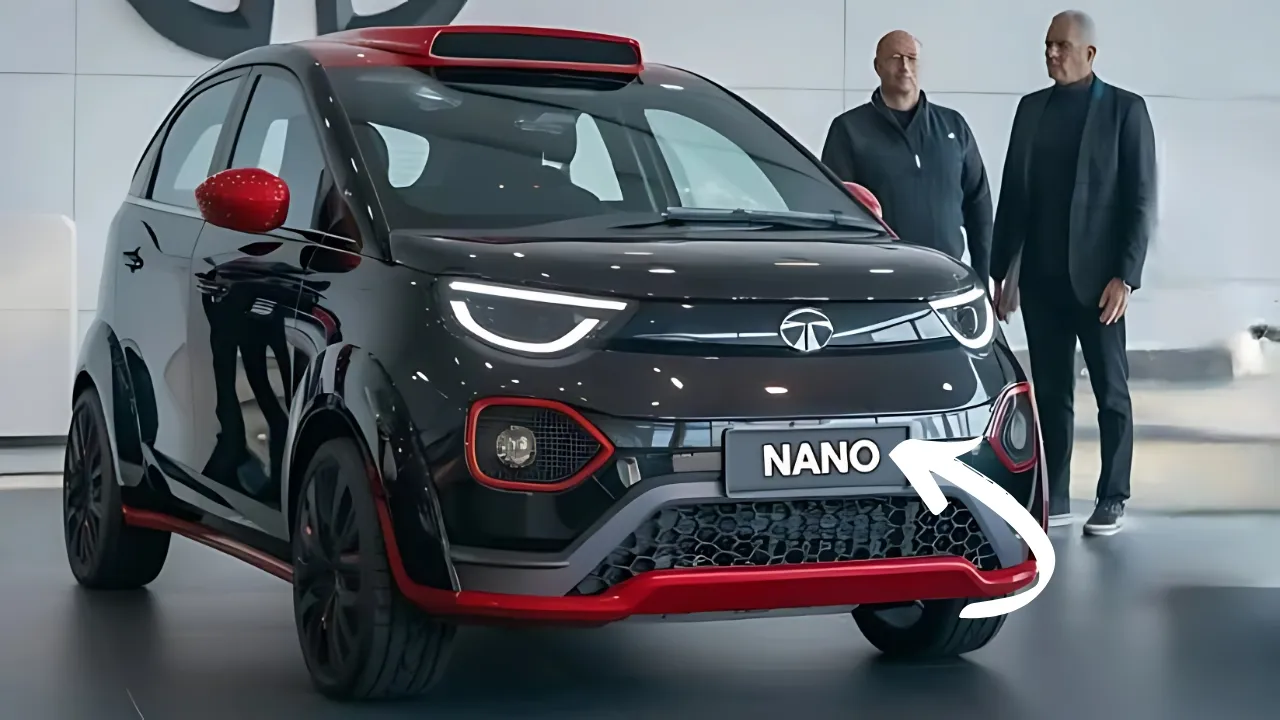Across the dynamic nature of the Indian automotive market, there is one company that has repeatedly been in the limelight for its innovative methods of development and provision of mobility – Tata Motors.
This step it is not only an indication of Tata Motors’ commitment to sustainable mobility, but it also indicates a decisive move to put electric vehicles at the reach of the masses in India.
From Humble Beginnings to Electric Dreams
When the original Tata Nano was launched in 2009, it was Ratan Tata’s dream of providing affordable four-wheel mobility to millions of Indians.
Although at first the reaction was mixed, the Nano received a lasting impact in the automotive industry.
Now, more than a decade later, the Nano is set to make a triumphant return, this time powered by electricity.
The Nano EV: What We Know So Far
Although concrete information is currently being shielded, by using the data leaked out from its tracks, the industry players and the automotive experts made a prediction of what features we will see from the Tata Nano EV.
Design and Aesthetics
- The new Nano EV is likely to come with the same conctuous size that made its predecessor so popular, but updated with a modern look. Early speculations suggest:
- A more aerodynamic profile to improve efficiency
- LED lighting elements for a contemporary look
- Probably not that much greater physical footprint to accommodate the battery pack.
Powertrain and Performance
At the core of the Nano EV there will be an electric powertrain, probably conceived in partnership with Tata’s electric vehicle business, Tata Passenger Electric Mobility Limited. Rumored specifications include:
- A 72V electric motor, potentially producing around 23-30 horsepower
- Lithium-ion battery cell bank of ~15-20 kWh.
- Expected range of 150-200 kilometers on a single charge
There is a maximum speed limitation to 80-100 km/h, and it is appropriate for urban commuting.
Features and Technology
- Digital instrument cluster
- Touchscreen infotainment system with smartphone connectivity
- Regenerative braking technology
- Multiple driving modes for optimized efficiency
Safety First
- Reinforced body structure
- Dual airbags
- ABS with EBD
- Rear parking sensors
- Market Positioning and Pricing Strategy
The Tata Nano EV is prepared to enter a large but young electric vehicle industry in India. Its success will largely depend on its pricing strategy.
Competitive Pricing
- Upcoming MG Comet EV
- Hypothetical electric versions of Maruti Suzuki Alto and Renault Kwid.
- Government Incentives
There is worthwhile progress in the area of electric mobility through policies such as FAME II (Faster Adoption and Manufacturing of Hybrid and Electric Vehicles) of the Indian government that can yet lead to lower real price in respect of customers, thus paving the way for the Nano EV to become even more attractive.
Production and Manufacturing

The recently purchased Ford plant at Sanand, Gujarat, of the company is expected to carry a significant weight in manufacturing electric vehicles, including the Nano EV.
It is also suggested to manufacture a maximum of 2 lakh electric vehicles per year by this unit till the year 2026.
Challenges and Opportunities
Challenges: Challenges:
- Range Anxiety: Specifically, convincing consumers that an electric vehicle (EV) can be used for regular everyday driving.
- Charging Infrastructure: The significance in order for a physically concentrated charging network to support VEV scale.
- Battery Technology: Balancing cost and performance in battery development.
Opportunities: Opportunities:
- First Mover Advantage: Potential to dominate the entry-level EV segment.
- Brand Rejuvenation: The opportunity to rebrand the Nano brand in a positive way.
- Sustainable Mobility: Aligning with global trends towards cleaner transportation.
The Bigger Picture: Impact on Indian Mobility
Democratizing Electric Mobility
- Reduced dependence on fossil fuels
- Improved air quality in urban areas
- Lower running costs for vehicle owners
Boosting the EV Ecosystem
- Encouraging investment in charging infrastructure
- Spurring local manufacturing of EV components
- Creating new job opportunities in the green technology sector
Setting New Industry Standards
- Accelerating innovation in the EV space
- Driving down costs through economies of scale
- Establishing India as a hub for EV manufacturing
Looking Ahead: The Future of Tata Nano EV
Will Tata Motors advertise different battery capacity choices to suit different range requirements?
Will we witness a commercial version of the Nano EV for last-mile delivery applications?
What is Tata going to do in responding to the need to set up a charging infrastructure in order to ensure the charging needs of Nano EV owners?
There is no doubt that the Tata Nano EV is more than just the launch of a new car generation; it is a significant announcement of the mobility, which will be prevalent, in India, tomorrow.
Rethinking a canonical design for the electric age, Tata Motors is not just paying respect to its past, but is objectively tailoring the path ahead for sustainability in the transportation world.
Tata Nano EV: A New Chapter in Indian Automotive History
The Tata Nano EV represents the intersection point of innovation, affordability, and sustainability.
Its success could be a turning point in India’s evolution towards electric mobility—turning the dream of owning an electric vehicle into an actual experience for millions.
With a view to a time when clean and efficient transport is not an amenity but a right, the Tata Nano EV glows as a sign of hope.
It brings us to the realization that vision, combined with perserverence and engineering literate, can design solutions that work not only for humans and humans, and for the environment.
The first Nano came about from a vision to put India on the road. Today, its electric version strives to make India part of a sustainable mobility solution.
The Tata Nano EV is poised to deliver another blow to the history of the Indian automotive industry.

